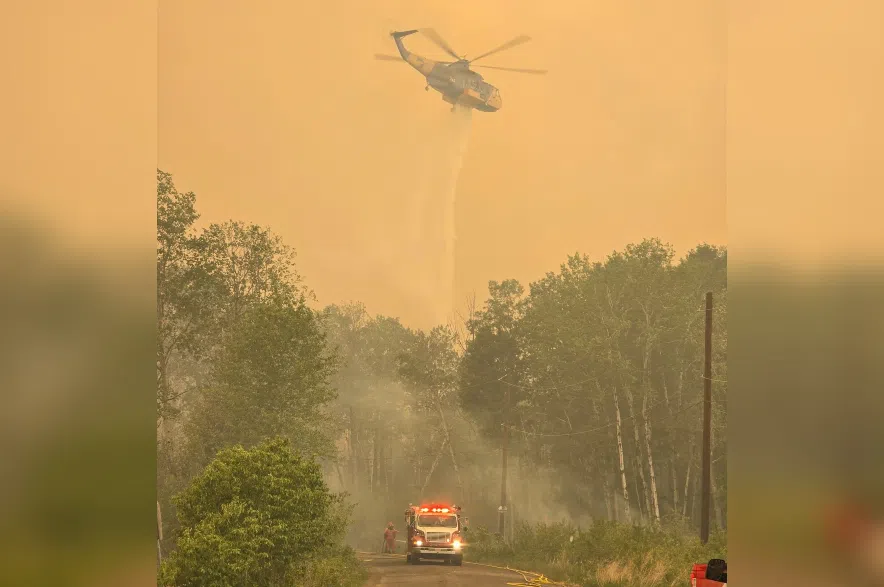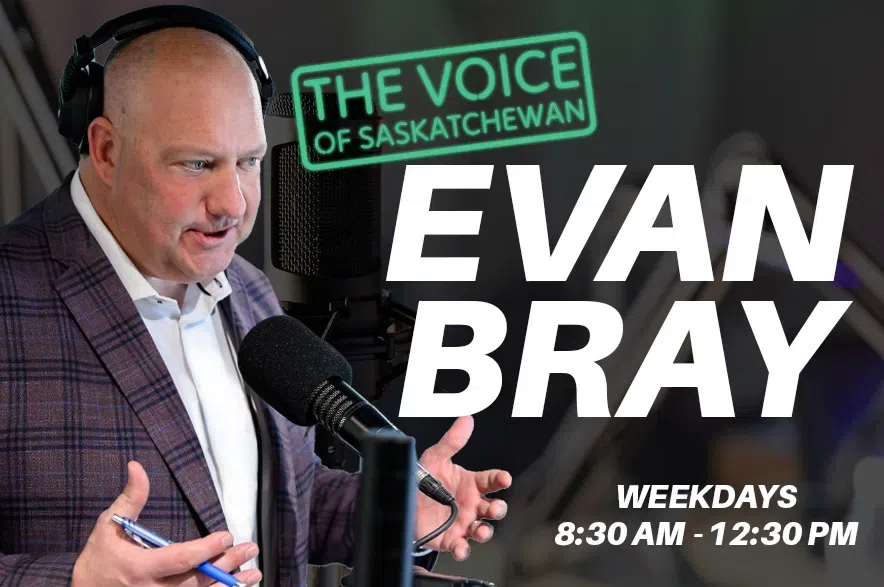Firefighters continue to directly attack flames and mop up hotspots that remain, according to the Saskatchewan Public Safety Agency wildfire update.
Over 15 communities that were evacuated headed home on Thursday, including the tri-communities of La Ronge, Air Ronge and Lac La Ronge Indian Band.
Since Premier Scott Moe declared a state of emergency in Saskatchewan on May 28, the SPSA has held a daily news conference on wildfire conditions. Thursday is the first day it has not done so.
On Wednesday’s update, SPSA’s Bryan Chartrand said cooler temperatures, lower winds and rain have helped crews tame the flames.
“We’re not out of the woods yet,” he said. “But it has definitely helped the fires from growing and progressing.”
Chartrand said there is still work to be done, mopping up communities and tuning up equipment that has not seen rest since the wildfires began to burn.
A fire and ATV/UTV ban is in place for almost all areas in the province, except for the area north of the Churchill River, which saw some rain.
The SPSA have confirmed almost 300 values, like cabins and homes, burned in the fires. However, it believes there are over 400 values lost, and is still trying to confirm how many have been lost on Denare Beach.

Cyndi Pedwell’s home burned to the ground after fast moving fires moved into Denare Beach. (With photos from Cyndi Pedwell)
La Ronge Health Centre slowly reopens its doors
Emergency department services at the La Ronge Health Centre are being restored at 3 p.m. on Thursday, as evacuees make their way home.
The Saskatchewan Health Authority said its staff returned to the community on Tuesday alongside the SPSA to make sure the facility was able to accept patients.
Bryan Witt, a member of the SHA, said it was important people had access to emergency services when they returned.
“Refrigerators and freezers were emptied and restocked; equipment was diagnosed and recalibrated; and the whole facility was cleaned top to bottom, from linens to air filters,” he said in a news release. “The Emergency Department is open just two days later and ready to serve the community thanks to such great teamwork.”

Lac La Ronge Indian Band Chief Tammy Cook-Searson thanks wildland firefighters for their service on June 12, 2025. (Jim Tammy Cook-Searson/Facebook)
On Friday, the health centre will begin taking inpatient services if it’s required. Ambulance service, detox and home care will be made available over the weekend.
On Monday, patients in acute care and long-term care will begin being transferred back to the facility.
Virtual primary care visits will commence on Monday and Tuesday morning at the La Ronge Medical Centre, with urgent in-person visits scheduled for Monday and Tuesday afternoon.
In-person appointments will return on Wednesday.
Fires in Saskatchewan on June 12
As of 2 p.m. on Tuesday, 22 active fires were burning in Saskatchewan on June 10.
The SPSA website shows that six of those blazes were not contained, while another 11 of the fires were under ongoing assessment and firefighters were protecting values in two. Three fires were considered contained.
Contained means suppression action is taking place and the fire is not expected to grow in size, ongoing assessment means the fire is being monitored regularly to assess risk to values in the area and not contained means suppression action is taking place but the fire is expected to grow in size, according to SPSA. Protecting values means a fire is active and action is focused on protecting things like cabins and infrastructure.
As well, fire bans are active in 61 urban municipalities, 116 rural municipalities and 28 provincial parks in the province, with the fire danger considered high to extreme for much of the province.
This year, Saskatchewan has had 258 wildfires, which is well above the five-year average of 147 to date.
Of these fires, approximately 44 have been caused by lightning. The remaining fires are human-caused and can be categorized by the following:
- Recreation: a wildfire caused by people or equipment engaged in recreational activities such as fishing, picnicking, hiking or quadding.
- Resident: a wildfire resulting from activities performed by people or machines for agriculture or an accidental fire caused by activity associated with normal living in a forested area.
- Industry: a wildfire that is caused by an industrial activity such as land clearing, harvesting or power distribution.
- Incendiary: a device used to cause a wildfire for the purpose of mischief, also called arson.
Most human-caused fires are accidental. At this time, the Saskatchewan Public Safety Agency (SPSA) believes approximately 30 fires have been intentionally set.












